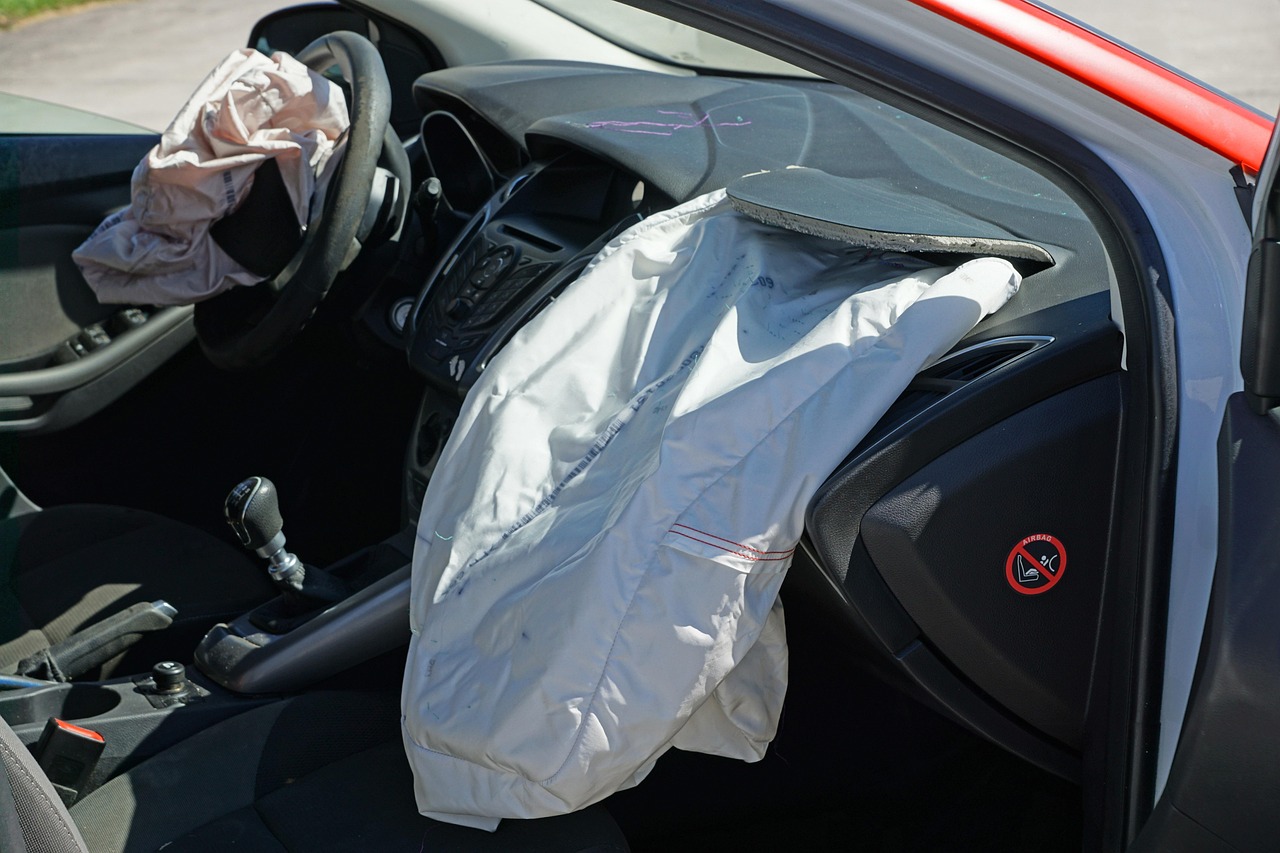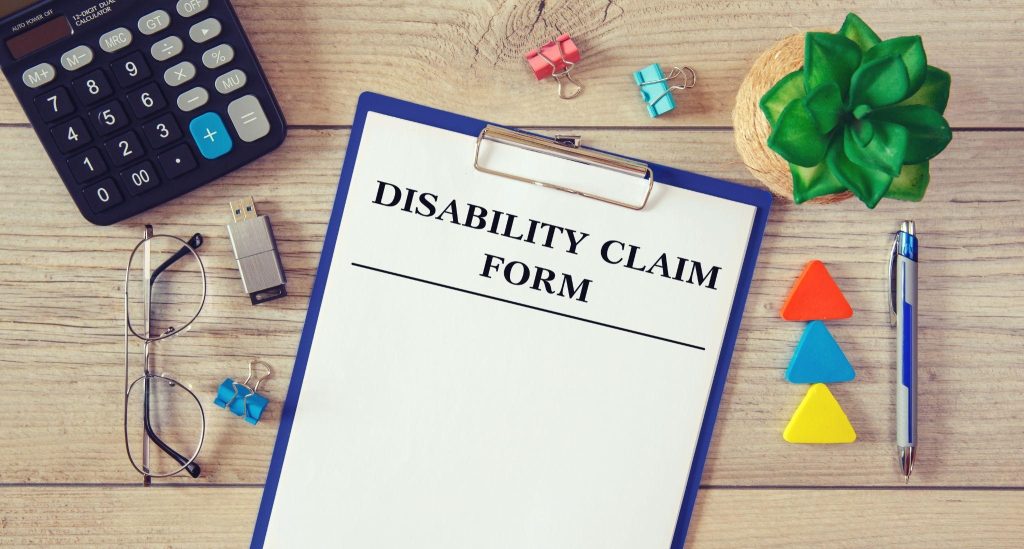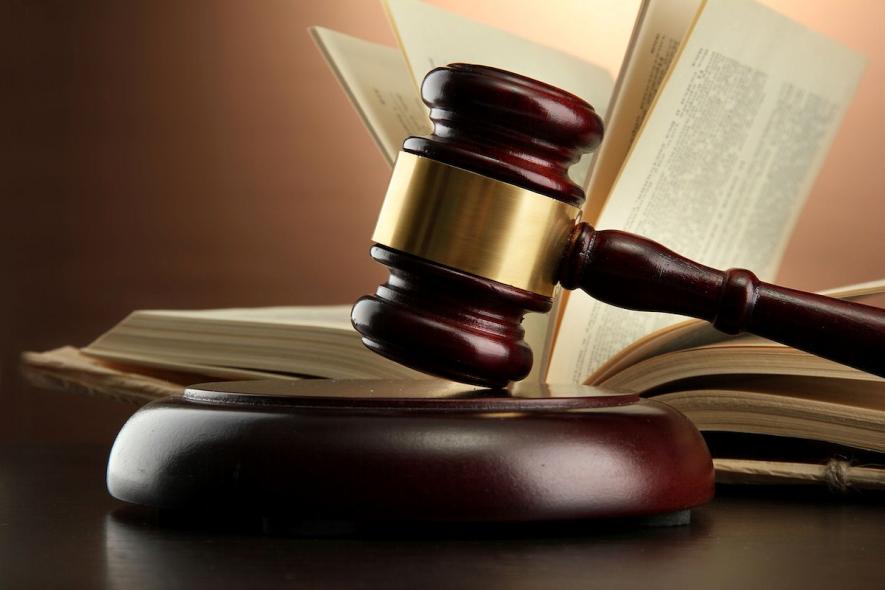Now Reading: The Role of Black Box Data in Car Accident Cases
-
01
The Role of Black Box Data in Car Accident Cases

The Role of Black Box Data in Car Accident Cases
Crash recorder details quietly lock in the facts before impact; how fast the car was moving, whether the brakes were pressed, and how sharply the wheel turned. These hidden units give a precise replay of the final seconds, cutting through the fog of human error and ensuring the real sequence of events comes to light.
Courts and legal teams also lean on this recorded proof to decide who is to blame. Whether it is showing a quick reaction or revealing a careless maneuver, the logged figures can turn shaky testimonies into clear-cut findings.
What Is Crash Recorder Data and What Does It Store?
Tucked under dashboards, event data recorders act like a vehicle’s memory bank. They note everything from velocity surges to seat‑belt engagement. These also record brake force, steering adjustments, throttle position, and even airbag activation. When an impact occurs, the last few seconds of driving behavior are immediately frozen in digital form.
The best part is that these snapshots beat eyewitness accounts every time. Instead of relying on people’s shaky recollections, investigators get hard numbers, including the exact speed at the moment of collision, the timing of safety systems, and other key metrics. A solid level of detail actively turns guesswork into concrete evidence.
How This Information Aids Court Scrutiny
In legal showdowns, crash logs act as the backbone. Lawyers and reconstruction experts study the readouts to build a fact‑based narrative. From minor fender bumps to high‑speed pileups, machine‑recorded files spell out what happened without bias.
By comparing the data against claims, teams can also verify or challenge statements. If someone insists they were not speeding, the recorder’s readout can either back that up or expose a mismatch. This impartial source often holds more weight than conflicting personal versions.
The Role of Specialists in Decoding Crash Logs
Raw recorder figures look like a jumble of numbers to most people. That is where data analysts come in. These experts translate technical readouts into straightforward findings that can be presented in court. They also cross‑check them against road conditions, weather reports, and maintenance histories. A rounded approach helps craft a full story of the wreck, giving judges and juries a clear view of each contributing factor.
Privacy Worries and Data Retrieval
Vehicle owners often worry who can see their history and how it is used. Generally, accessing these digital files requires the owner’s approval or a formal court order. However, as cars gather even more data points, debates rage over driver control versus investigative need.
Fortunately, lawmakers and privacy advocates are working to strike the right balance between revealing essential facts and protecting personal boundaries. For example, in Utah this effort often involves consulting a car accident attorney in Utah. This guarantees a middle ground between revealing essential facts and protecting personal boundaries.
Endnote
Crash recorder details have grown into a silent powerhouse for untangling wreck cases. By capturing exact driving behavior leading up to impact, these devices cut through uncertainty and speculation. As more vehicles embrace advanced logging tech, knowing how to use and protect this information becomes crucial for everyone involved.










